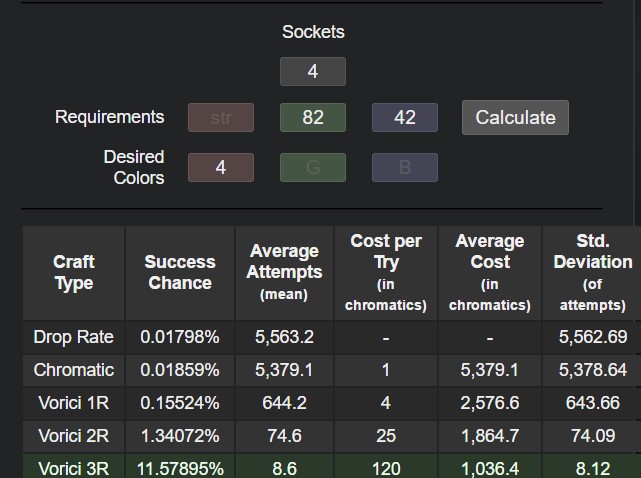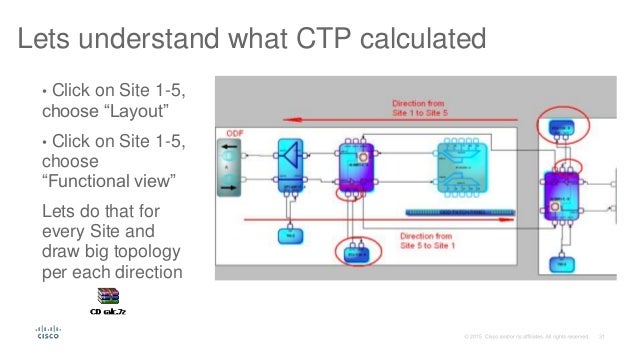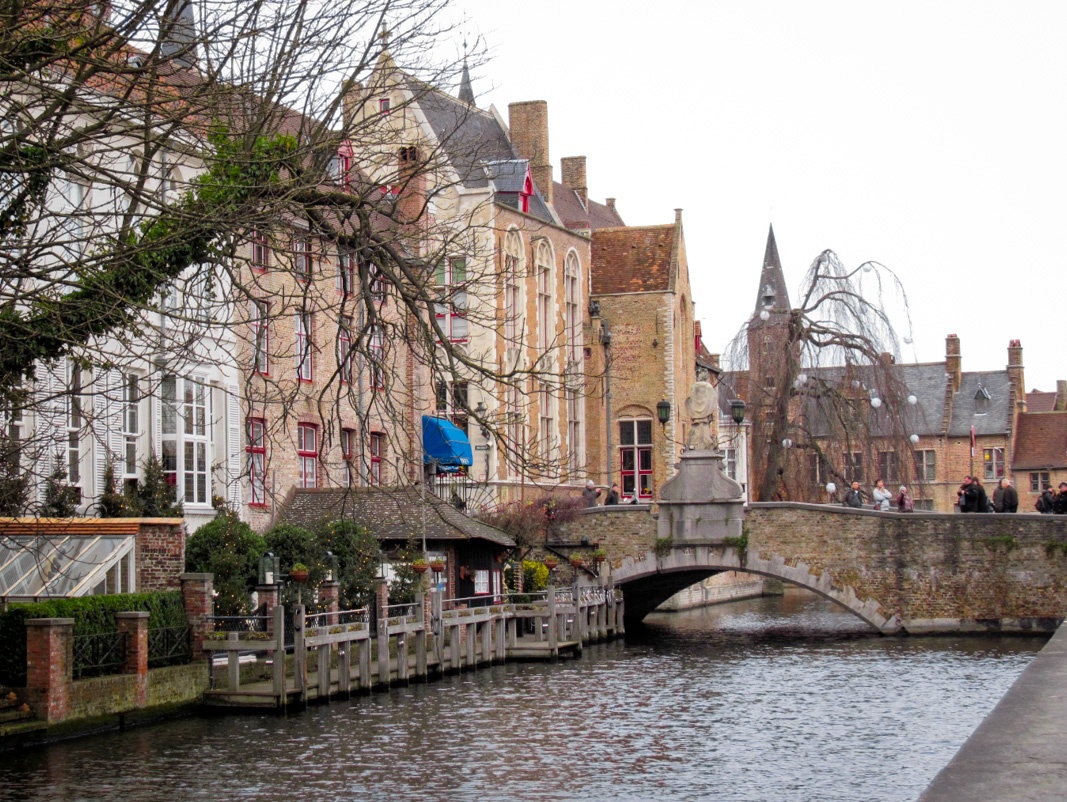

It's important to note that in correlating a light source's measured CIE xy coordinate value to a color temperature value, we immediately lose information about the magnitude and direction of this correlation. But if the deviation is so large that the light source is no longer considered "white," the result is likely to be not meaningful. The word "correlated" in "correlated color temperature" (CCT) refers to the mathematical process that answers the question above.īut what if the deviations are not minor? Mathematically, the process of correlating to a color temperature value is still possible, and the formula (including our calculator) will produce a numerical result. When these deviations are minor, it can still be helpful to ask, "what is the color temperature value of the closest point along the black body curve?" - because it allows us to make simple, intuitive judgement about the color of a light source. Instead, we see minor deviations from the black body curve due to atmospheric absorption (natural daylight) and manufacturing variability (artificial lamps). But most light sources, including natural daylight, do not actually exhibit light color that is exactly on the black body curve. As the color temperature value increases, we move further down the curve (down and left, towards the blue region). Mathematically, however, it is possible to calculate a CCT value for light sources that are not even close to being white - for example, a saturated green LED from an RGB system can have a calculated CCT of approximately 7000K, even though its qualitative color appearance is vastly different from a white LED at 7000K.Ĭolor temperature is an absolute, one-dimensional metric that describes a particular point along the black body curve. Farnsworth Panel D-15 and Farnsworth-Munsell 100-hue tests).Īn alternative pseudoisochromatic plate test is the Hardy-Rand-Ritter (HRR) test.Use caution when "correlating" color temperatureĬolor temperature is a useful metric when discussing approximately white color light sources only. Ishihara pseudoisochromatic plates are the most commonly used initial test for color vision testing however, there are other tests which may be more accurate and sensitive, but more time-consuming (e.g. This test is less reliable in very young children (<5 years of age).

Testing is less accurate in patients who have near visual acuity less than ~20/100 at 30 inches.

This abbreviated version of the 14 plate test excludes the hidden digit plate (original plate 9) and the line tracing plates (original plates 11 and 14).

The complete test consists of 38 Ishihara pseudoisochromatic plates, and a shorter 24 plate version exists as well. This test evaluates for the most common type of color blindness (red-green deficiency) and not other types of color blindness.įor purposes of rapid screening, this test uses an abbreviated version of the concise 14 plate test.


 0 kommentar(er)
0 kommentar(er)
